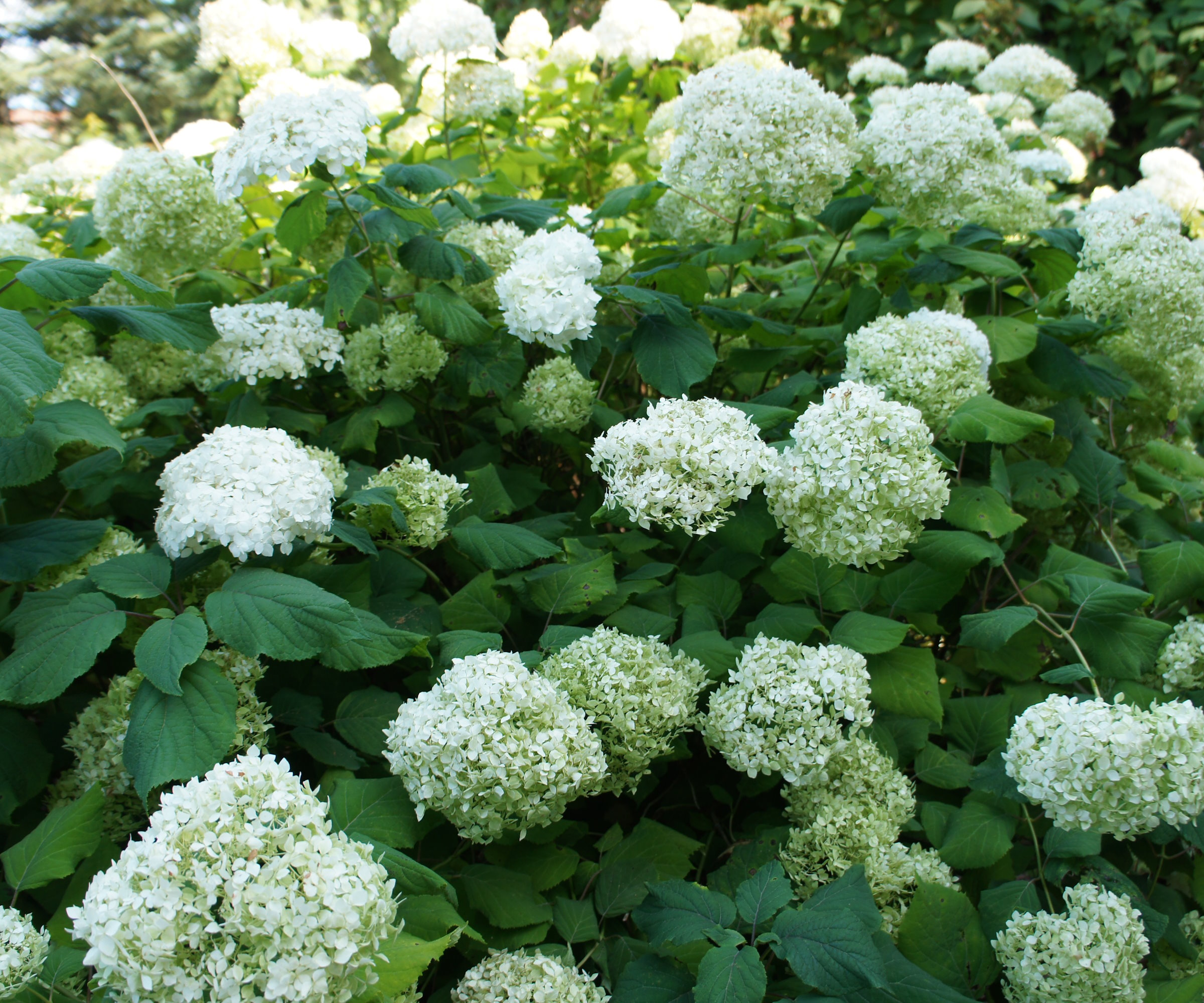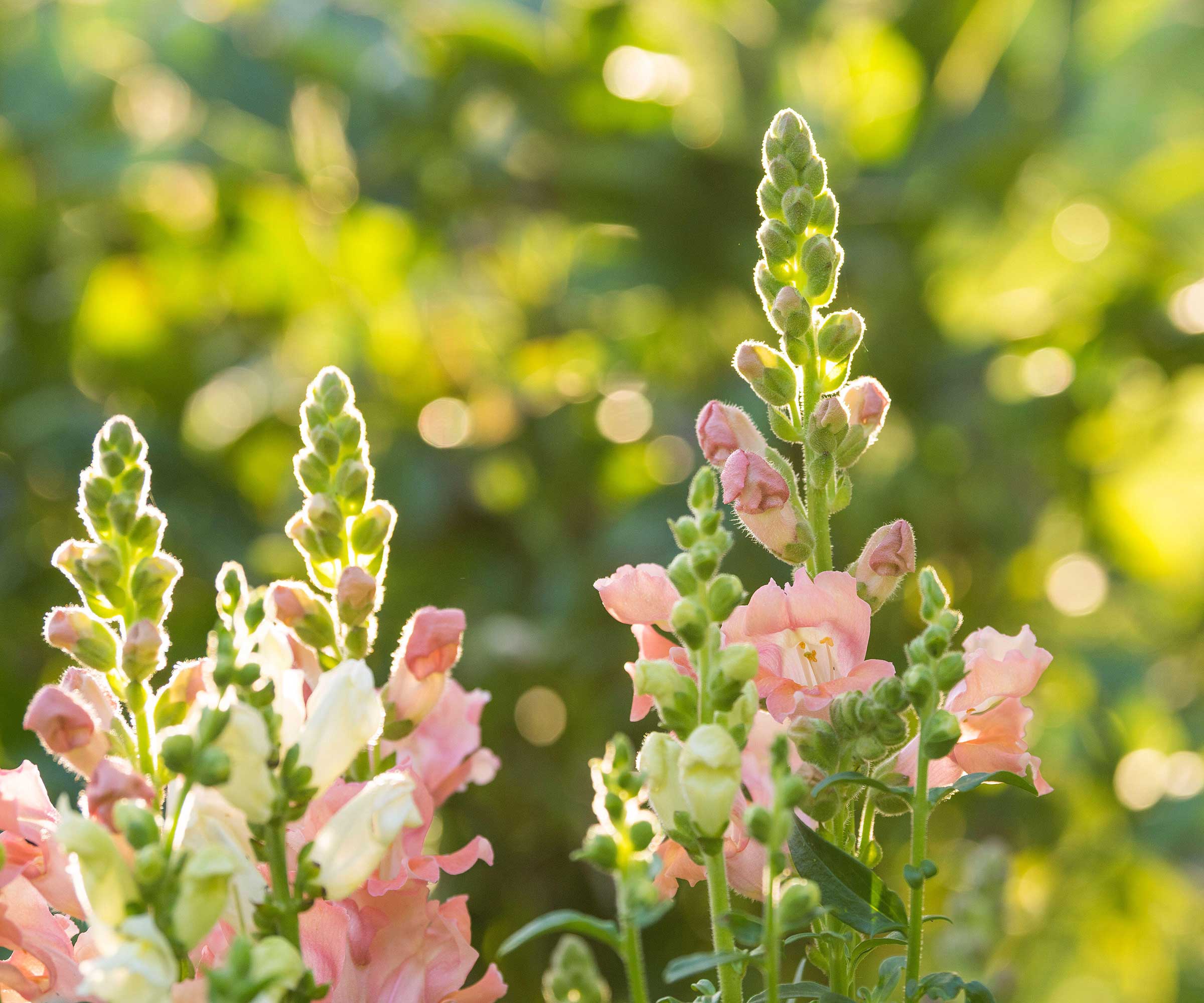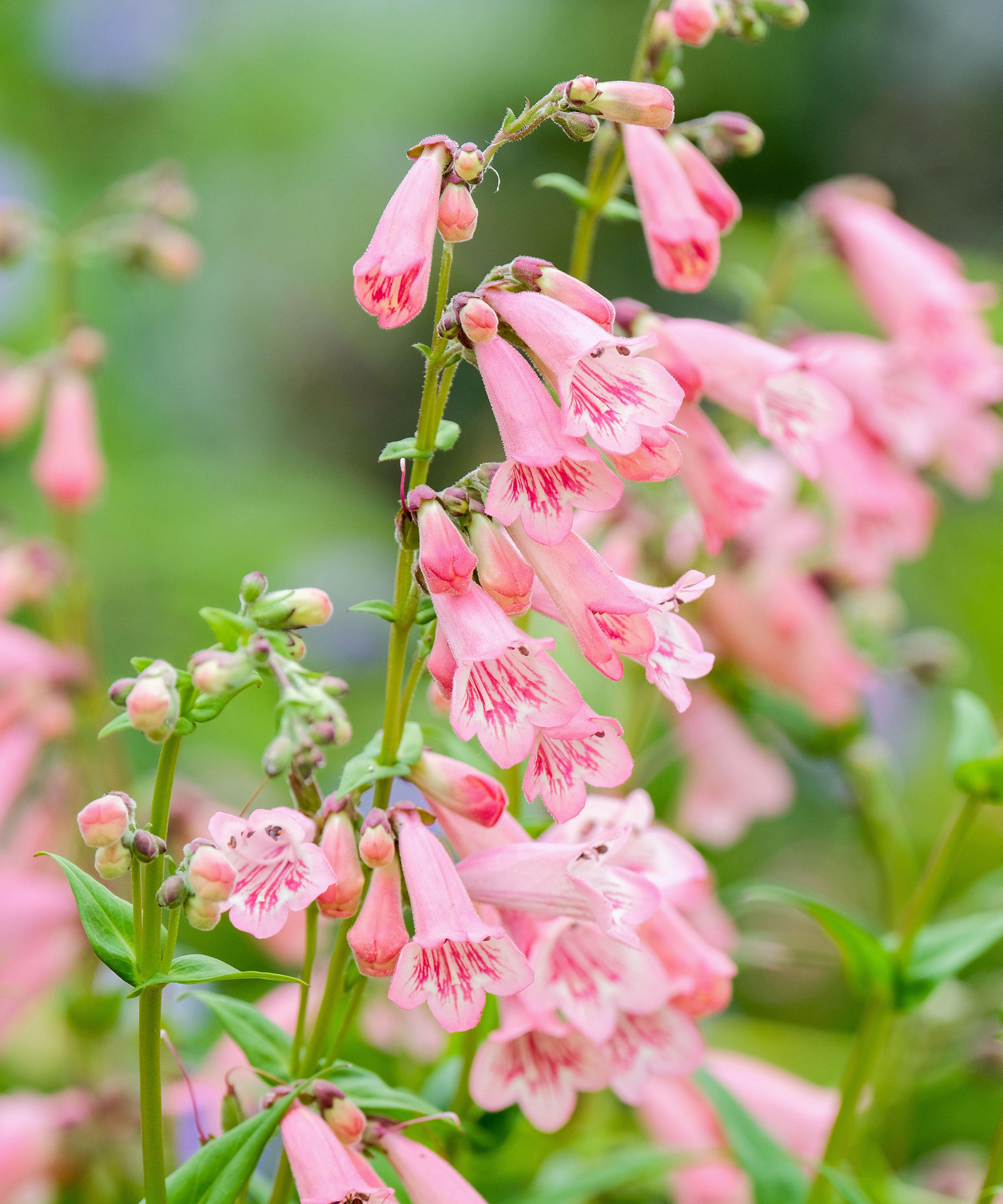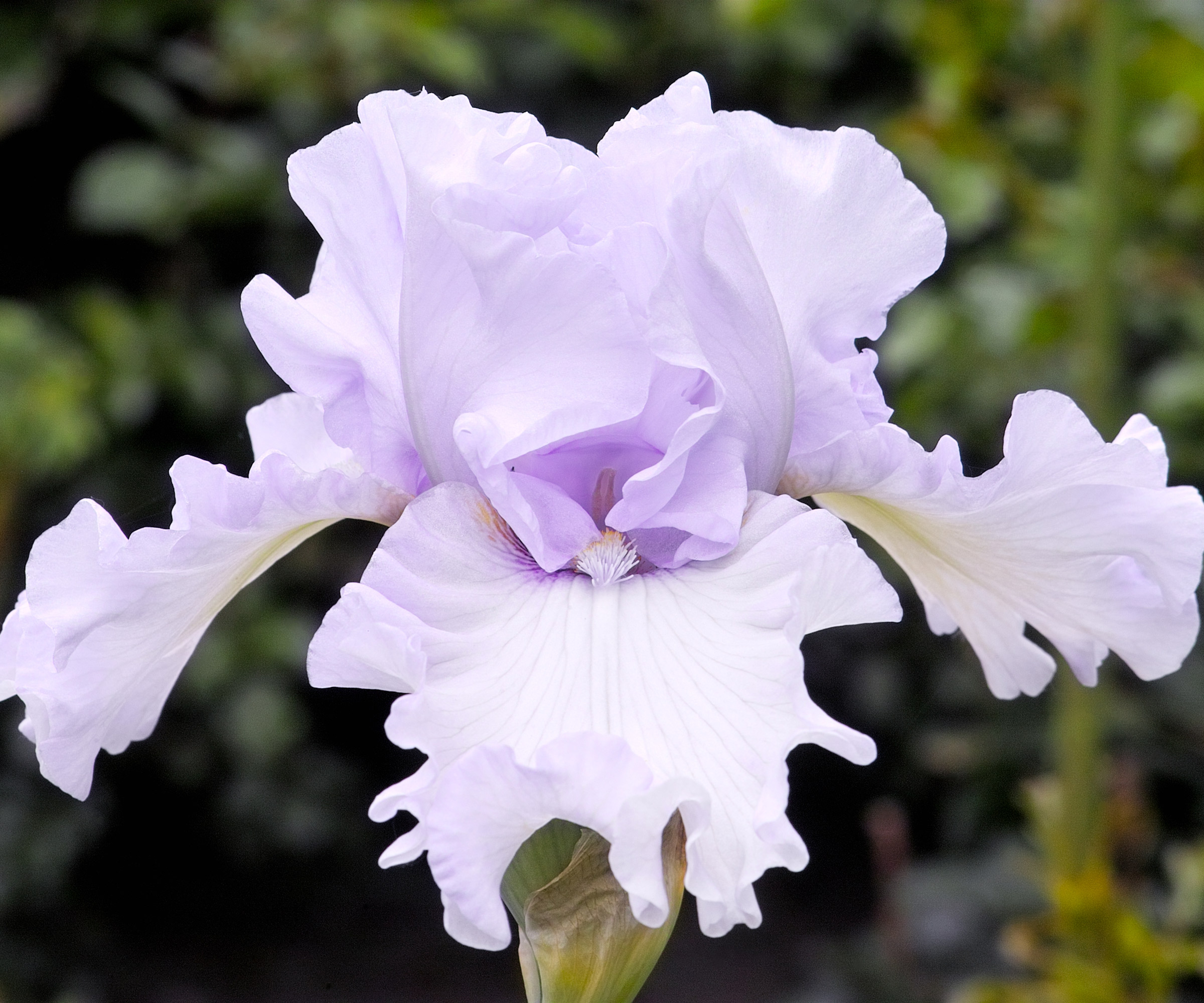Best cut flowers to grow for hayfever sufferers – and which ones to avoid
Follow our expert florist's advice on which flowers to grow and cut for your home to avoid triggering pollen allergies


Gardening with hayfever is not without its challenges. At its worst, the relentless sneezing, itchy throat and watering eyes caused by pollen allergies is enough to make even the most dedicated gardener want to retreat indoors with a box of tissues and an antihistamine tablet.
And I should know. I have suffered with pollen allergies since I was a child, and in my years working as a floral designer and flower grower became very familiar with the flowers and plants that would often trigger a sneezing fit, and those which didn't affect me at all. Ornamental grasses are the prime culprit for me, so despite loving their airy movement and feathery form, I tend to avoid planting these where possible. Of course, there are many over-the-counter remedies available from pharmacies to help ease the symptoms of hayfever, but it can also be useful to pay attention to what you are growing in your backyard, especially if you intend to create a cut flower garden as part of your flower bed ideas.
Thankfully, hayfever doesn't diminish my love of gardening or growing flowers, but it does make those months of May to July slightly more testing. To help avoid the discomfort caused by pollen allergies, here are a selection of my top six flowers to grow and cut for the home, that won't cause you to go running for the tissues.

6 of the best flowers to grow and cut for hayfever sufferers
Happily for me, seeing flowers and vegetables bloom and thrive in my garden throughout the summer months does help to mitigate my hayfever symptoms, but there are flowers you can plant which won't trigger your allergies.
1. Phlox

Phlox is a cutting garden staple for me - in its tall, perennial form. Phlox are popular cut-and-come-again flowers, with long, stable stems topped with masses of smaller flower heads make it a seriously good value flower to grow. Phlox enjoys growing in a sunning spot, but can tolerate some shade. Plus it is a deer resistant plant, too.
Phlox pollen is not airborne, meaning much less chance it will cause an allergic reaction. This 'cherry cream' phlox paniculata variety from Nature Hills is two-tone and scented. It would make a beautiful addition to any cut flower garden.
UDSA hardiness zones 3 - 9.
Design expertise in your inbox – from inspiring decorating ideas and beautiful celebrity homes to practical gardening advice and shopping round-ups.
2. Hydrangea

Hydrangea blooms are such prolific givers, plus they will not make you sneeze. If you are particularly sensitive to pollen, I would stick to the big leaf, smooth and panicle types - such as this 'endless summer' hydrangea variety from Fast Growing Trees - as these larger, rounder heads have less obvious signs of pollen.
Hydrangea are a firm favorite of mine for cutting, as you might only need three large heads on long stems to create an elegant table centerpiece.
USDA hardiness zones 4 - 9.
3. Verbena

Verbena bonariensis is an ultra tall, perennial flowering plant, which self seeds to create beautiful, dancing swathes of purple color in a border.
Although the pollen produced by verbena is very attractive to pollinators, including bees and butterflies, alike to phlox its pollen is not airborne, and as a result should not aggravative hayfever symptoms.
UDSA hardiness zones 8-11 as a perennial. It can be grown in cooler zones as an annual.
4. Snapdragons

The delightfully fun, spear-like blooms of Antirrhinum majus are among my favorites to grow. I recall as a child my awe at discovering how their petals opened and closed when squeezed, like a snapping mouth. It is, of course, this function of the flower which keeps its pollen contained, and much less likely to trigger any allergic reaction.
Snapdragons come in a wide range of colors, from peach and cream to burgundy, and are also fairly easy to grow from seed. You can find mixed colour snapdragon seeds at True Leaf Market.
USDA hardiness zones 7 - 11.
5. Penstemon

As a cut flower grower, there are certain varieties that I would always cultivate with a view to including in my floral designs, and penstemon is one of those. As a perennial I can rely on it to come up every year and supply me with long, slender stems with pretty bell-shaped blooms.
These, too, are wonderful plants for pollinators, which bury deep inside its tubular flowers to reach the nectar. It is the shape of these blooms that keeps the pollen trapped, and means they are much less likely to affect hayfever sufferers.
UDSA hardiness zones 3 - 9
6. Iris

For the flower lover, could there be a more glorious sight than a bed of bearded iris in early summer? I adore iris, not least for the intricate shapes and patterns on their petals, but also because I know I can safely grow and cut them without any risk to my hayfever. This 'peacock butterfly uncorked' Iris variety from Burpee has incredible markings.
Iris depend on bees for pollination, meaning their pollen is not released into the air and is much less likely to trigger allergies. They are a hardy perennial, giving you much reliability in your cut flower patch year after year.
USDA hardiness zones 3 - 9
Plants to avoid if you suffer from hayfever

Hayfever is triggered by grasses, flowers and trees that are wind pollinated - meaning they rely on the power of the wind to distribute their pollen from plant to plant, rather than on insects such as bees, butterflies and beetles.
These species need to produce greater amounts of pollen, which is also lighter, to ensure it is adequately carried by the wind to the neighboring flowers and plants.
Common cut flowers which have a high pollen count - and are ones to avoid if you suffer with allergies - include dahlias, amaranth, asters, chrysanthemums, sunflowers and daisies. Also avoid all types of ornamental grasses and be wary of planting any trees that produce catkins.
Even as a hayfever sufferer, you can still create a beautiful cut flower garden that is packed with color and scent. Remember to look for flowers with tubular blooms - alternatives to those listed above include foxgloves, firecracker plant and trumpet vine.

Rachel is a gardening editor, floral designer, flower grower and gardener. Her journalism career began on Country Living magazine, sparking a love of container gardening and wild planting. After several years as editor of floral art magazine The Flower Arranger, Rachel became a floral designer and stylist, before joining Homes & Gardens in 2023. She writes and presents the brand's weekly gardening and floristry social series Petals & Roots. An expert in cut flowers, she is particularly interested in sustainable gardening methods and growing flowers and herbs for wellbeing. Last summer, she was invited to Singapore to learn about the nation state's ambitious plan to create a city in nature, discovering a world of tropical planting and visionary urban horticulture.